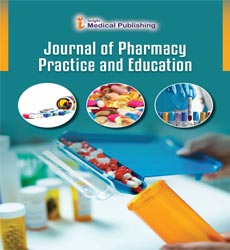Abstract
Ethnomedicinal Survey of Plants among Khasia Tribes Residing in Kamalganj, Maulvibazar, Bangladesh
Background: The khasia form the largest tribal communities in the different districts of Sylhet division. Although in recent years the tribal people are more and more resorting to allopathic medicine, the tribes have a long history of medicinal plant use and has its own medicinal practitioners. Thus the aim of the present study was to conduct an ethnomedicinal survey among the Khasia tribal communities residing in Kamalganj Upazila of Moulvibazar district.
Methods: Interviews were conducted with the help of a pre-designed questionnaire and using the guided field-walk method. Total 180 people were interviewed including two traditional health practitioners. Plant specimens as pointed out by the practitioners were collected.
Results: A total of 26 plants from 17 families were documented during our survey. Our study found that, in present conditions about 69% Khasia peoples used ethnomedicinal treatment. Herbs is dominant in use (42%) in this ethnic group. Leaves were the most used plants parts. About 43.33% of the used plant parts were leaves and about 68% of preparations administered orally. Gastrointestinal disorders and respiratory complaints represented the major ailment category with the use of 18% plants species for each in Khasia tribal people. This study also showed that with increasing of the educational qualifications the percentage of Ethnomedicinal practice decreased gradually.
Conclusions: The present work in Khasia community provides the ethnomedicinal use of various medicinal plants for the treatment of various diseases. This kind of study to search a new species for the ailments of many difficult diseases which will enrich present technologically improved store of medicines.
Author(s): Shuvon Datta and Rita Bhatta*
Abstract | Full-Text | PDF
Share This Article
Google Scholar citation report
Citations : 42
Journal of Pharmacy Practice and Education received 42 citations as per Google Scholar report
Open Access Journals
- Aquaculture & Veterinary Science
- Chemistry & Chemical Sciences
- Clinical Sciences
- Engineering
- General Science
- Genetics & Molecular Biology
- Health Care & Nursing
- Immunology & Microbiology
- Materials Science
- Mathematics & Physics
- Medical Sciences
- Neurology & Psychiatry
- Oncology & Cancer Science
- Pharmaceutical Sciences

